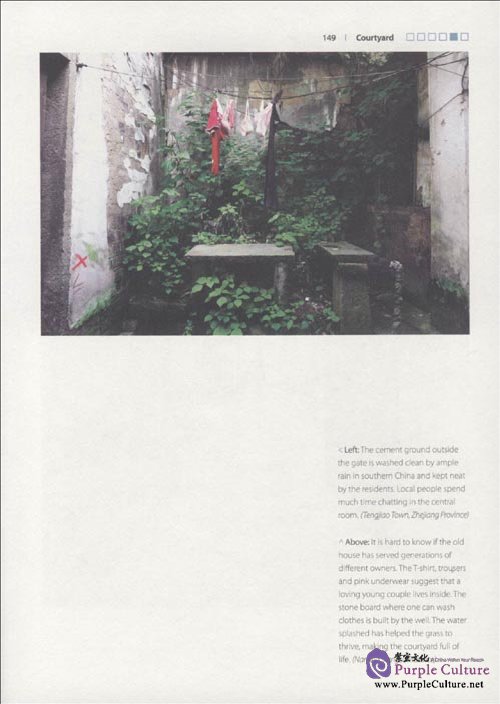Sample Pages Preview


Department stores have replaced movie theaters to become the town center.The oldest shopping area in anytown or city is often called Baihuo Dalou - Grand Building of 1 00 Commodities. Such old-fashioned stores havebeen replaced by trendy shopping malls or commercial streets, which are the throbbing heart of a moderncity. However, to catch a glimpse of the residents' real life, one can visit the vegetable market. Whether in smalltowns or cosmopolis, such markets are surprisingly similar.The stalls line up in rows, with inadequate lightingthroughout the year, but attracting customers who display the same eagerness in bargaining over a dazzlingarray of vegetables, fruits and others. Many housewives would drag small carts or carry a basket to the market.Wandering among the stalls displaying the season's freshest crops or meat, a housewife would carefully selectthe materials for nutritional meals of the day. Without spending too much, she can get both green leavesand tender pork. A Chinese housewife's ability to cook wonderful meal with limited cash can be amazingand admirable. Many Chinese would follow the same route on their daily shopping rounds. Perhaps very fewpeople really care about the building of the market. Without care, these buildings are invariably dusty and gray,or simply hidden behind billboards and various ads.Compared with shopping malls, shops in counties and towns are less flaring but more amiable. Residentsmay turn a small part of their apartment that faces the street into a small shop which sells daily necessitieslike vinegar and soy sauce. Such shops may function as a mini community center, as neighbors lounge abouton chairs provided by the shop owner, exchanging latest news in town. Such unobtrusive shops that scattereverywhere have provided much convenience to the neighborhood.For students…

